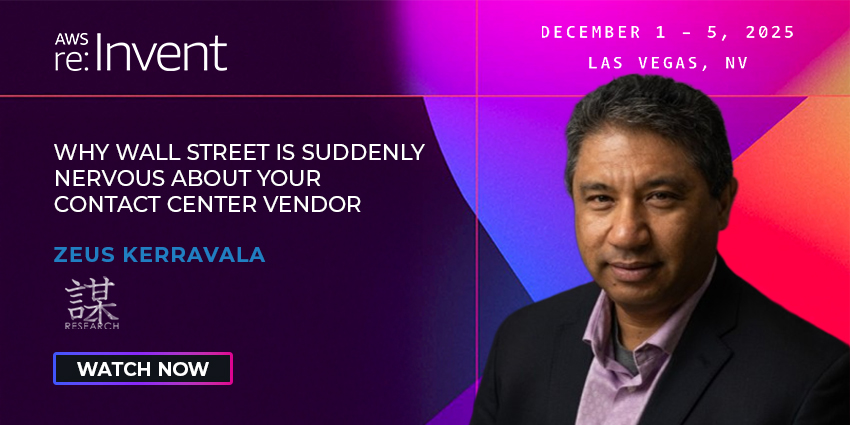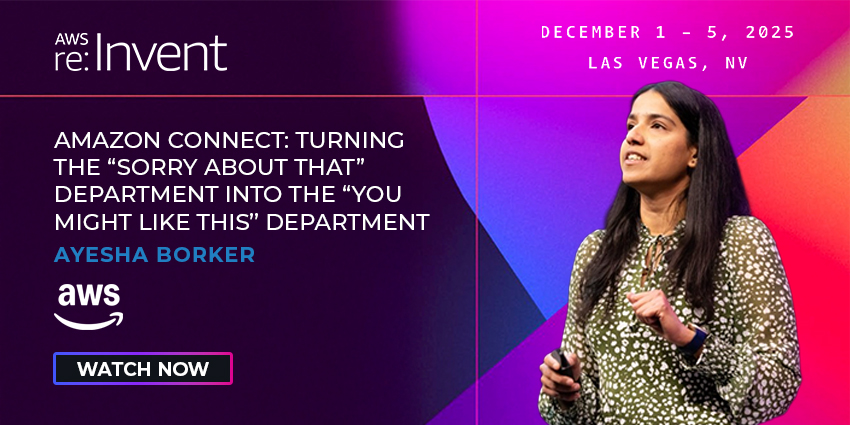For years, workforce engagement management (WEM) has promised to transform the contact center.
Yet in many enterprises, the tools remain underutilized.
With many WEM capabilities bundled into larger CCaaS deployments, they often sit idle, reduced to basic scheduling and adherence reporting.
This ‘switch-on-and-forget’ approach means that despite investing in powerful platforms, leaders rarely unlock their full potential.
The result is a workforce managed by numbers, not supported by people.
As Jim Fleming, WFM Solutions Consultant at Sabio, warns:
“Although many organizations have feature-rich WEM platforms, they’re only scratching the surface of their capabilities, often driven by outdated or redundant processes.”
The ripple effects are clear: agents get locked into rigid shifts, coaching sessions slip through the cracks, feedback loops stall, and KPIs from another era still define performance.
In too many operations, contact centers are stuck firefighting, not optimizing.
WEM Needs a Rethink
WEM can often be viewed as a cost center, instead of a value driver.
However, when done right, WEM creates a dynamic, agent-centric environment where scheduling, coaching, quality, and analytics all work together, driving improved CX.
The tool’s real value lies in creating a dynamic, agent-centered environment where scheduling, coaching, and quality all feed into one another.
Unfortunately, many enterprises never manage to make that leap.
“Organizations go through rigorous processes to ensure they invest in the right tools, yet they don’t invest in appropriate support to fully leverage the solutions,” Fleming explains.
“They essentially turn the lights on with basic functionality rather than innovating through technology and processes to differentiate from competitors.”
In a nutshell, WEM is not just about tools; it’s about design.
Features like AI-driven scheduling or automated quality management can have a significant impact – but only when paired with processes that value agents as much as SLAs.
Tackling Everyday Frustrations
When organizations are able to shift their mindsets around the role of WEM, results often come quickly.
Take one of the most common pain points in any contact center: booking time off.
At Benenden Health, staff used to wait for manual approval of holiday requests. Now, thanks to a ‘Time Management’ app developed with Sabio inside Genesys WEM, they get instant decisions.
“The automated decision-making means advisors receive instant decisions on their time-off requests, completely eliminating the need for human intervention,” Fleming explains.
However, the effect stretched beyond efficiency. Transparency boosted morale, giving advisors confidence and control over their allowances.
It’s a small change with a big impact, and proof that WEM isn’t just about operational gains.
As Fleming puts it:
“When properly implemented with agent-centric design, WEM tools don’t just improve operational metrics; they create happier, more empowered employees.”
Where WEM Trips Up in the Real World
The insights from Benenden’s WEM implementation paint a picture of what it is like on the frontline of customer service and experience.
This is an area that Sabio is particularly passionate about, as evidenced by its Community Days, where planners and CX leaders share stories of their individual experiences.
One common frustration that seems to come up time and time again is the gap between expectation and execution.
“There’s often a disconnect between what organizations think their WEM technology will do versus the processes needed to actually achieve those outcomes,” Fleming says.
Leaders may think automated leave is already ‘live’ – only to realize the processes behind it were never built.
Another blocker is trust. AI-driven forecasting and scheduling promise huge efficiency gains, but many planners remain hesitant, as Fleming explains:
“There’s leadership pressure to embrace AI, but planners need to understand how systems arrive at their recommendations because they’ll inevitably be asked to explain the rationale.”
Still, the sessions also reveal plenty of wins.
For instance, one large retailer cut overstaffing by 12 percent after ditching static Excel models for dynamic scenario planning. SLA stability also improved.
The message from these Community Days seems to be that when enterprises break out of firefighting mode, WEM starts delivering real results.
Designing WEM Around People
So, what does success for your WEM program actually look like?
According to Fleming, it’s about making WEM a continuous process rather than a set of disconnected tools:
“We integrate real-time adherence, agent self-service, learning nudges, AI-driven quality management, and analytics-driven insights into single, continuous processes.”
That kind of design pays off across the board: businesses cut inefficiencies and protect SLAs; employees get fairer schedules, faster feedback, and better coaching; and customers enjoy quicker responses and higher first-call resolution.
It also helps to shift the emphasis from compliance to empowerment.
WEM stops being an admin system and becomes the connective tissue of the modern contact center.
The Untapped Value of WEM
For enterprise leaders, the lesson is clear: WEM isn’t about ticking boxes or measuring adherence; it’s about shaping the agent experience. And in shaping that experience, customer outcomes naturally improve.
As Fleming concludes:
“The goal is always to make agents’ working lives easier while delivering measurable business outcomes, because when you get that balance right, everyone benefits: agents, customers, and the business.”
For those unsure if their WEM is pulling its weight, a fresh look at design and processes is the best starting point.
You can learn more about Sabio’s WEM philosophy by visiting the website today.
You can also gain insights into the company’s wider expertise and experience by checking out this exclusive interview with Sabio’s Chief Revenue Officer, Ioan MacRae.







